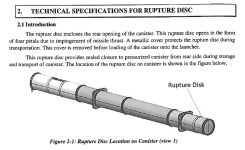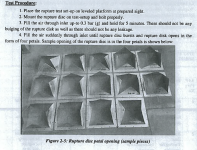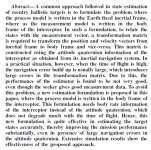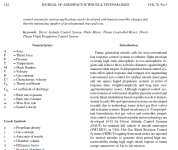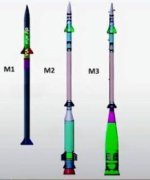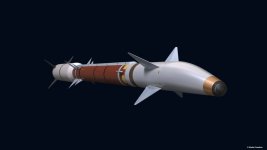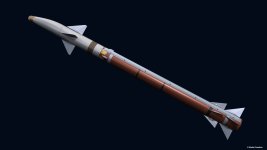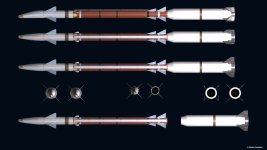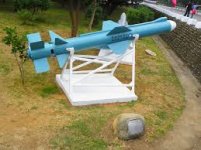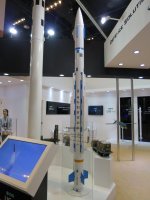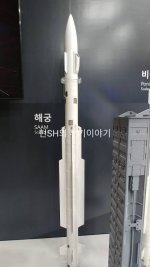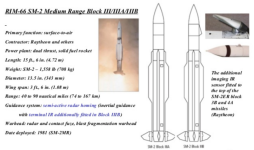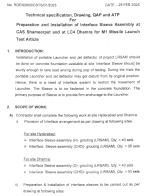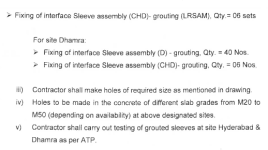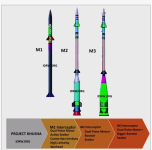What else to config other than guidance algo and range reach? M1 already got the booster config due to such high range coverage. All 3 have general kv+booster config anyway. Most likely the hypersonic config from the AD missiles is used here somewhat, the slightly tapered motor casing of the 3rd. Won't be much else noticeable change hopefully.Any news on the IAC specific LR-SAM config? I suspect it will feature a drdo booster for a longer range of upto 150km.
canister config is similar.
